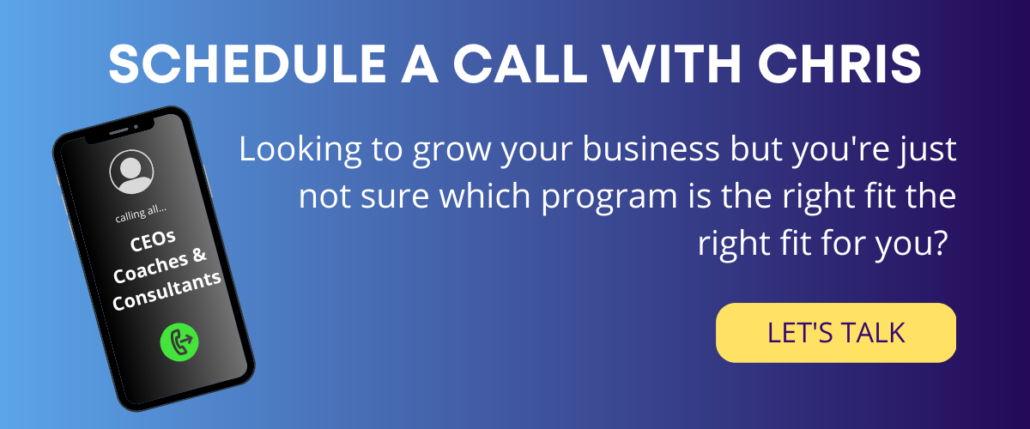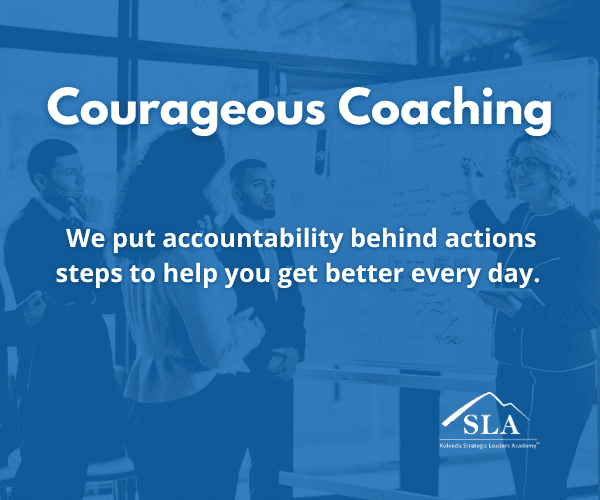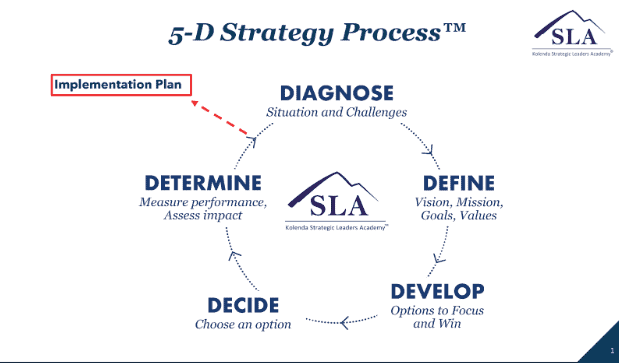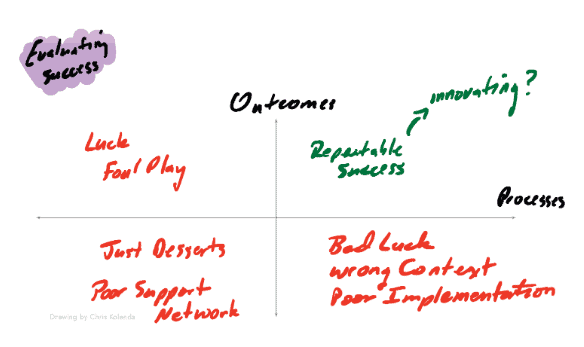Determination is a Powerful Tool
Podcast: Perseverance and Determination
My parents, David and Joanne, and three siblings—Dan, Laura and Mark—all taught me the importance of perseverance and determination, the will to succeed at whatever you put your mind to. We would always challenge one another to be the best that we could be.
Determination helped me endure some terrible experiences.
I learned that I needed to use them to empower me … or else be destroyed by them.
In this podcast you will discover:
- Ways to surround yourself with the right people, so that you will be challenged to be your best
- Ideas on how to emerge stronger from terrible experiences, so that you can empower others
- How to use empathy, so that your team can learn and grow in a dynamic situation
- Insights on Determination, so that you have a guide for when to stick to your guns and when to make a bold change
How Did You Start Using Your Talents?
I was a skinny and awkward kid. By the time I got to high school, I was bullied by classmates and molested by two priests. West Point was a place where I was exposed to many different opportunities. I decided I was going to do the toughest and most difficult things I could possibly do — like boxing and close quarters combat — because I was never going to go through again what I experienced in high school. And that led to Airborne School and Assault Ranger School—some of the toughest schooling and assignments that the Army had. I was also determined that no one in the units I led would have to feel the way I had. As a consultant, I help leaders make sure that the most vulnerable people in their organizations have the confidence and back-up to contribute their best.
The Most Impactful Turning Point?
Some of the best role models and mentors I had were from the history department at West Point and were either infantry or armor officers. Because of their personal example—the way they taught and led and cared for the students in their classes—they truly inspired me to want to be like them when I became an officer in the Army. I decided that I wanted to come back to West Point and teach one day because I aspired to do the same thing for other cadets that these fine men did for me.
The Most Powerful Lesson Learned?
I learned several essential lessons from my parents and siblings: the importance of perseverance and determination along with the will to succeed at whatever you put your mind to. We would always challenge each other to be the best we could be. Another key lesson from a great teacher I had in high school was the value of honoring each person, including myself, and the vital importance of empathy.
Steps to Success from Christopher D. Kolenda, Ph.D.
- Use perseverance and determination, along with the will to succeed, to achieve whatever you put your mind to.
- Find a group of people where you can challenge each other to be the best you can be.
- Honor each person, including yourself.
- Learn to be empathetic, to see things from the eyes of others; seek to understand, first, then to be understood.
Click Here to Listen to the Entire Podcast
Did you enjoy the podcast? What was your top takeaway? Write a comment, DM me on LinkedIn, or email me at chris@strategicleadersacademy.com.







 pexels-kampus-production-8428051.jpg
pexels-kampus-production-8428051.jpg

